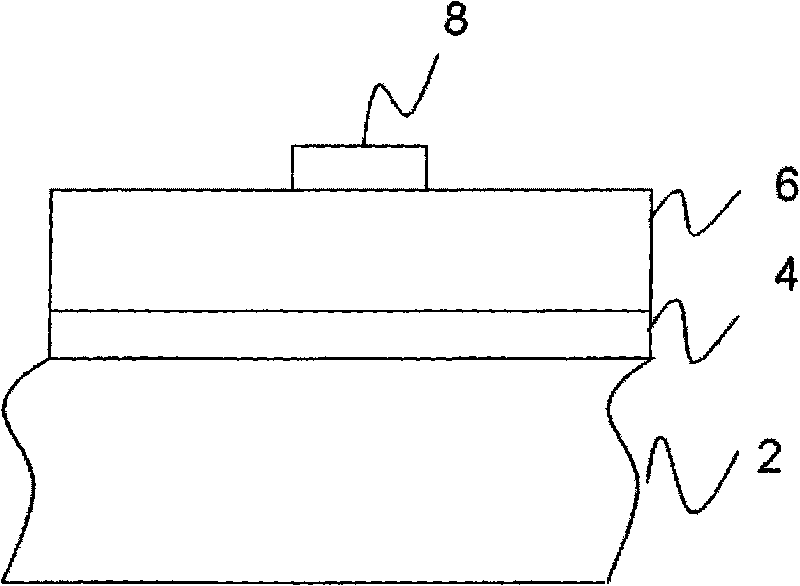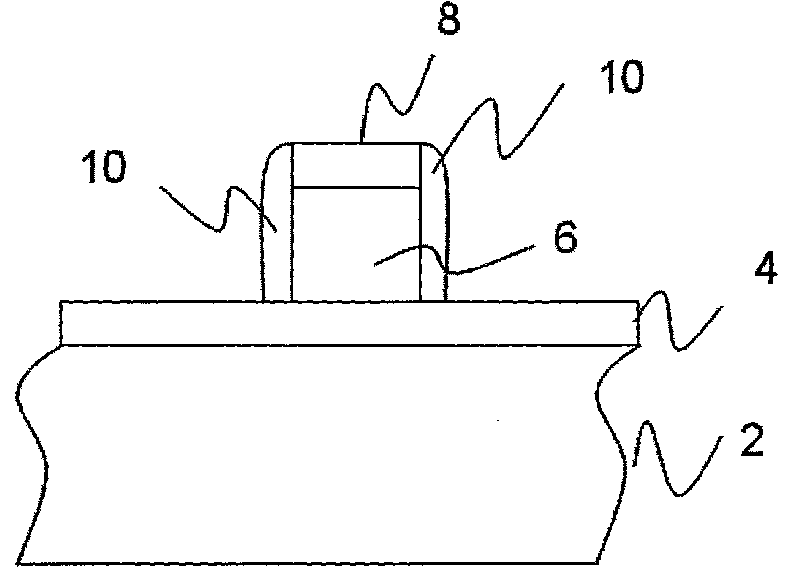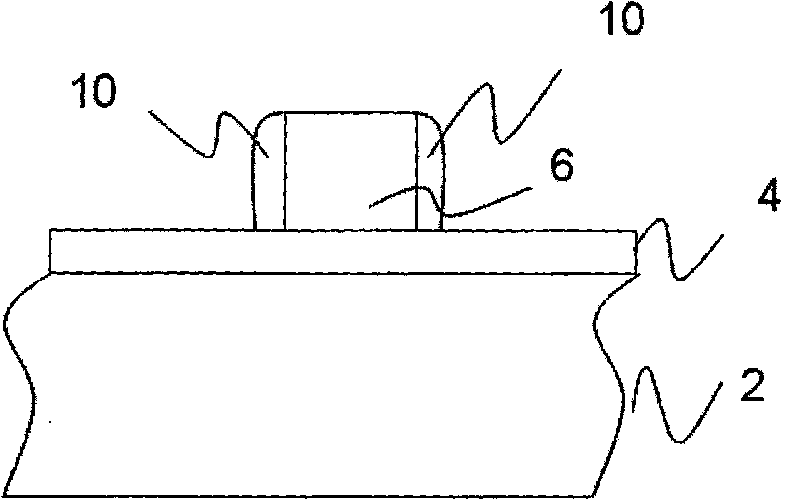Process for decreasing deposit at reaction chamber in metal etching process
A reaction chamber and deposition technology, applied in electrical components, semiconductor/solid-state device manufacturing, circuits, etc., can solve problems such as poor adhesion and yield impact
- Summary
- Abstract
- Description
- Claims
- Application Information
AI Technical Summary
Problems solved by technology
Method used
Image
Examples
Embodiment Construction
[0026] In order to explain more clearly how to reduce the deposition in the reaction chamber in the aluminum metal process, please refer to Figure 1 and figure 2 . Figure 1(a) to Figure 1(d) It is a structural cross-sectional view of carrying out the aluminum process of the present invention; figure 2 It is a schematic flow sheet of the present invention to reduce aluminum process deposit method; simultaneously refer to Fig. 1 and figure 2 Shown, the method provided by the present invention comprises the following steps:
[0027] First, step S10 is performed to provide a substrate 2 with MOS semiconductor components as shown in FIG. 4. It is usually composed of titanium nitride, and an aluminum metal conductive layer 6 is deposited on the surface of the dielectric layer 4 . Finally, a patterned photoresist coating 8 is formed on the surface of the aluminum metal conductive layer 6 .
[0028] Using the patterned photoresist coating 8 as a mask, an etching technique is u...
PUM
 Login to View More
Login to View More Abstract
Description
Claims
Application Information
 Login to View More
Login to View More - Generate Ideas
- Intellectual Property
- Life Sciences
- Materials
- Tech Scout
- Unparalleled Data Quality
- Higher Quality Content
- 60% Fewer Hallucinations
Browse by: Latest US Patents, China's latest patents, Technical Efficacy Thesaurus, Application Domain, Technology Topic, Popular Technical Reports.
© 2025 PatSnap. All rights reserved.Legal|Privacy policy|Modern Slavery Act Transparency Statement|Sitemap|About US| Contact US: help@patsnap.com



